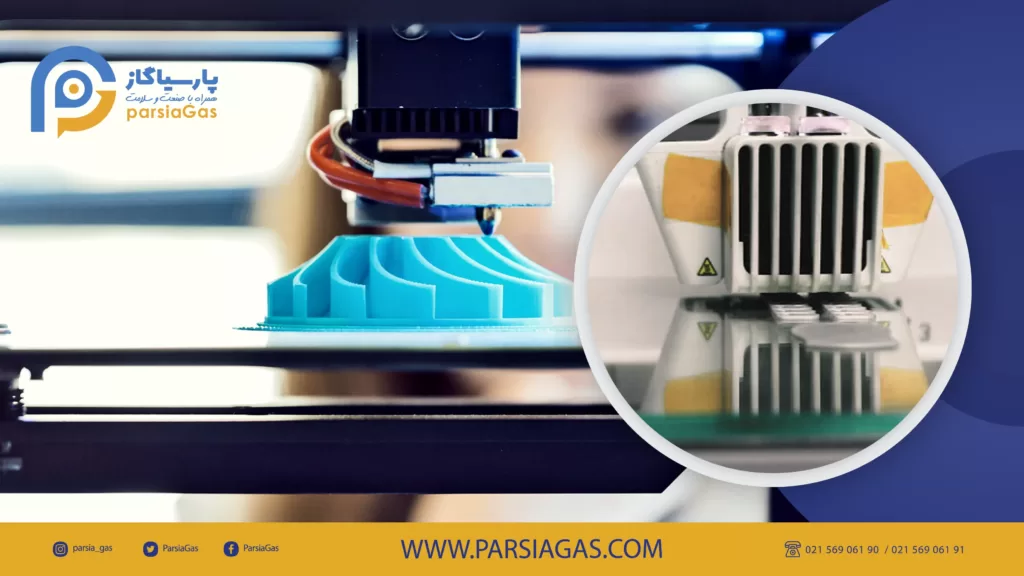Industrial gases are used for atmospheric control of material production and production of special metal powders in 3D manufacturing.
When oxygen is allowed to permeate the 3D printing process, it can cause oxidation and discoloration, which negatively affects the final product. However, with the help of an on-site nitrogen generator, you can remove oxygen and improve the overall quality of your product.

Nitrogen in the 3D printing industry
Nitrogen gas is usually used in the gas atomization process, when metals naturally have a lower tendency to decompose or react with other materials and form nitrides. Nitrogen is also used as part of the recycling cycle for more expensive gases such as argon and helium. Also, in many cases, nitrogen can be used as an agent to prevent metals from oxidizing during 3D printing. Due to its lower price than other alternative gases, nitrogen gas is a suitable option for processes aimed at limiting the combined reactions in them.
How does nitrogen 3D printing improve the additive manufacturing process?
Additive manufacturing involves the use of lasers to deposit layers of plastic, metal, or composite materials to create a final product. Oxygen can disrupt this process by creating oxidation plates. However, when nitrogen is added, it displaces the oxygen, creating a completely inert environment that does not interact with the laser or the materials used to produce the product.
Advantages of nitrogen generators for 3D printing
Nitrogen generators work by taking in atmospheric air, extracting the nitrogen and releasing all the oxygen and other gases. This creates a constant source of pure nitrogen. Generators offer many benefits to the 3D printing process, including:
- Improved productivity: Since generators provide constant availability and on-site nitrogen, you will never run out of resources. This will increase the overall productivity of your business.
- Lower Nitrogen Costs: Nitrogen generators can save you a significant amount of money compared to standard nitrogen cylinder delivery. This is because generators create your nitrogen on-site, so you don’t need to pay for frequent shipping or rentals. And unlike cylinders, nitrogen generators don’t leak.
- High-quality end products: Since nitrogen displaces oxygen and prevents oxidation, generators can help ensure a high-quality end product.
Argon in the 3D printing industry
For the manufacture of special metal powders where gas atomization is used, argon provides one of the purest possible environments for the process. As a result of high heat, which is required to start the process, oxygen and nitrogen gases react with the materials in the process and cause the formation of metal oxides and nitrides. Compounds that disrupt the process and cause defects and impurities in the final product. The 3D printing process is usually accompanied by a large thermal difference (heating and cooling) at certain points of the metal. In the course of these rapid heating and cooling, materials usually experience chemical corrosion or thermal corrosion. Argon gas prevents oxidation and other metal reactions during the process and can reduce the intensity and amount of the resulting doubt. Argon gas can also be mixed with other special gases to create special compounds.
